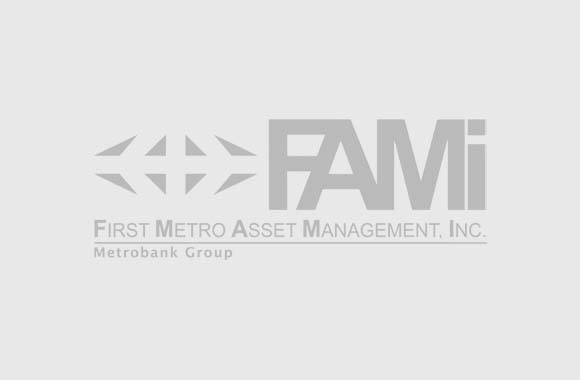Macroeconomy
Q2 double-digit economic expansion brought back optimism, after the economy succumbed to the red for the past five consecutive quarters. The rest of the economic data painted a brighter outlook for the rest of 2021. Manufacturing gains skyrocketed to 453% in June and the economy added 360-K jobs. Moreover, government disbursements continued to gain traction primarily due to infrastructure spending and other capital outlays, and augured well for the job market and to a 7th month low and may continue to trend softly in the medium-term amidst lower crude oil prices. Remarkable performances in exports and capital goods imports, likewise, support a robust recovery.
Fixed Income Outlook
While tenders and secondary trading of government securities softened significantly in July, the domestic bond yield curve remained fairly flat as local inflation slowed down to 4.1% (after three straight months of 4.5%) and U.S. Treasuries trended lower as market fretted over the negative impact of a resurgence in Covid variants cases and Fed’s commitment to a continued loose monetary stance. However, the Fed may start gradually reducing its asset purchases by year-end or January 2022 if the economy gains further traction with easing inflation and huge job creation.
Equities Outlook
PSEi began its consolidation in July, closing -9.2% lower MoM at 6,270.23 in July. The local market contracted due to the rise in Covid variant cases, the Fitch credit rating outlook “downgrade” to BBB negative from stable, and the peso’s sharp fall. With sterling earnings for PSEi constituent stocks, and positive prints for Q2 GDP, employment, and other macro variables, we keep our view that PSEi shall hit 7,400-7,800 by yearend. Thus, we view the upbeat trading range as a base-building phase leading to a robust rebound.
Read full article
here.





